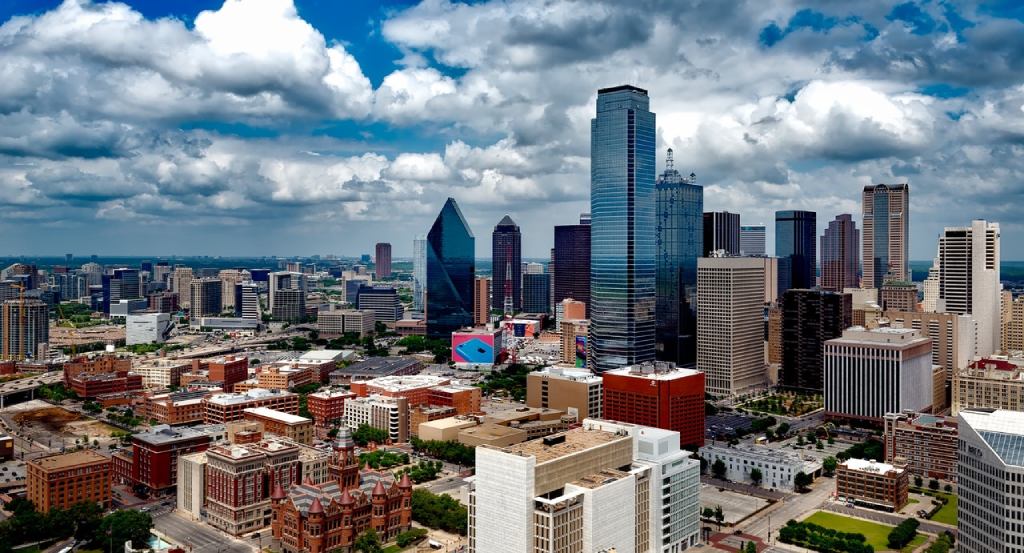Dallas is a vast metroplex that includes Arlington and Fort Worth, with a population of over six million people and a gross yearly metropolitan product of $374 billion dollars.
In just 170 years, Dallas has developed from a small colony in early history to a massive accomplishment fuelled by oil and gas. In 1841, John Neely Bryan, the first pioneer to settle in the area, built a log house and trading post near a natural ford on the eastern side of the Trinity River, and was soon joined by two additional families.
By 1845, numerous more pioneers had established themselves on the western bank of the river, in the Republic of Texas. A group of Swiss, Belgian, and French artists and musicians joined the little villages ten years later, when their ‘utopian’ attempt west of the little town had failed. Their culture and ingenuity can still be seen today in places like Greenville Avenue and Deep Ellum.
Civil War, Growth, and Reconstruction
Dallas had a population of little under 700 during the years leading up to the Civil War (1861–1865), with a handful of African-Americans who had seceded from the Union and joined the Confederate states of the south. The majority of inhabitants supported segregation, and the town avoided war and destruction due to its remote location from the main battlegrounds. Following the release of the city’s slaves and the entrance of freed slaves from other regions, the reconstruction phase after the Union triumph in 1865 brought considerable changes.
The Industrial Revolution in Dallas
The city’s wealth prior to the Civil War was based on agriculture, particularly grain and cotton, but the region’s industrial expansion began in the later years of the nineteenth century, fueled by the crash of cotton prices. The administration funded the construction of the Dallas Zoo, two hospitals, many colleges, and a library, as well as the establishment of the State Fair of Texas, which takes place every year from late September to mid-October.
The Twentieth Century and Beyond
Dallas was a large producer of wholesale alcoholic beverages, pharmaceuticals, books, media items, and jewelry by 1900. The city kept a foothold in the domestic grain and cotton markets, and it was a world leader in cotton gin manufacturing and production. Slowly, the economy shifted away from agriculture and toward financial services, despite a huge flood in 1908, when the river burst its banks, causing extensive property damage and necessitating the construction of levees.
After surviving the Great Depression, Dallas’ true golden era began with the discovery of oil, which triggered the East Texas oil boom, with the city’s economic wizards playing a key role.
The Texas Centennial Exhibition debuted in 1936, generating 50 new structures and garnering a total of ten million people.
High-tech firms had moved in by the 1960s, but the promise was dashed after President John F. Kennedy was assassinated in Dallas on November 22, 1963, shocking the world. The Sixth Floor Museum now occupies the location where the shots were fired. Dallas, a successful TV show from the 1980s, gave the city international renown, and the Ewing family members became household names. The Dallas Cowboys have notoriously been the NFL’s darlings, and Dallas also hosted a quarterfinal in the 1994 Football World Cup.
While railroads may have sparked Dallas’ first boom, cotton, oil, insurance, real estate, banking, and the computer industry all saw successive booms (and crashes). Several notable firms, including J.C. Penney, Mary Kay Cosmetics, American Airlines, and the Boy Scouts, have made it their headquarters. All of which has combined to the history and legacy of Dallas, Texas.

